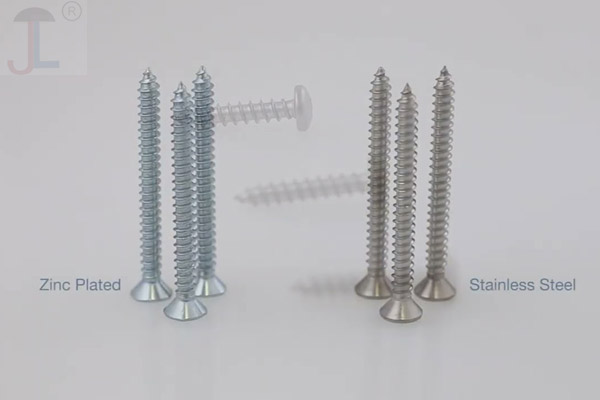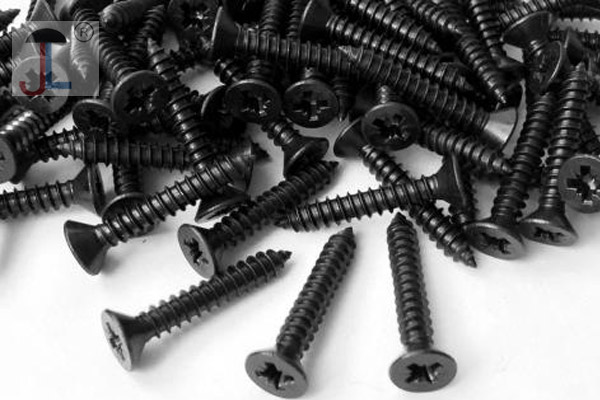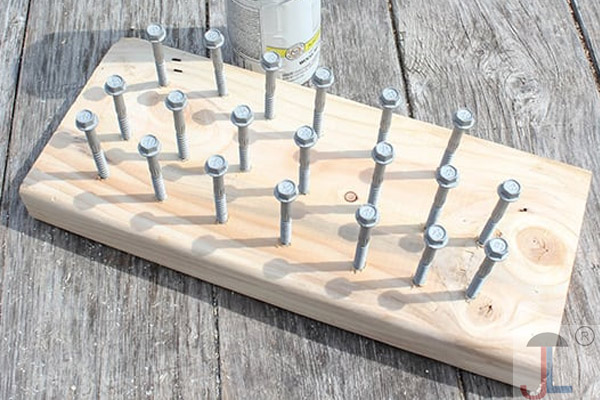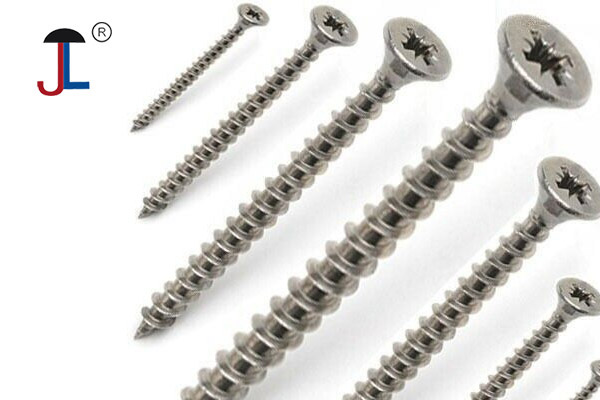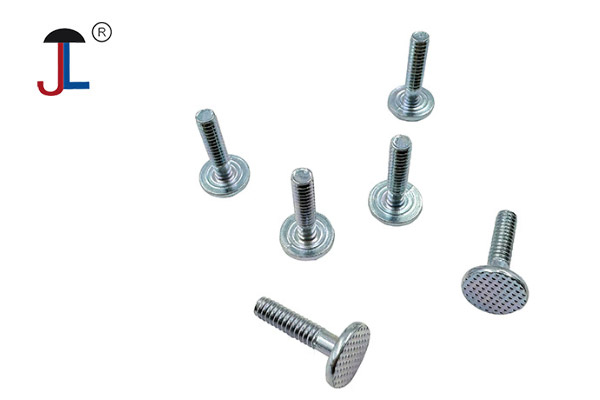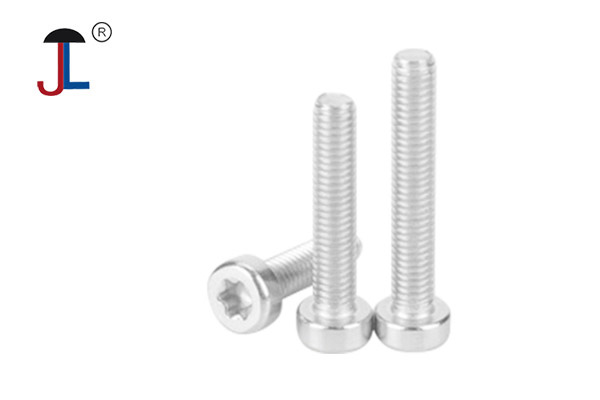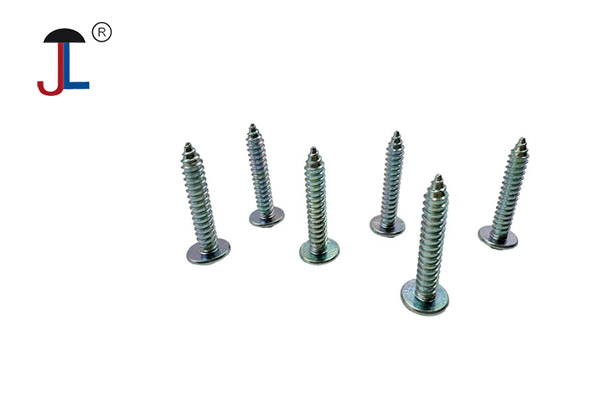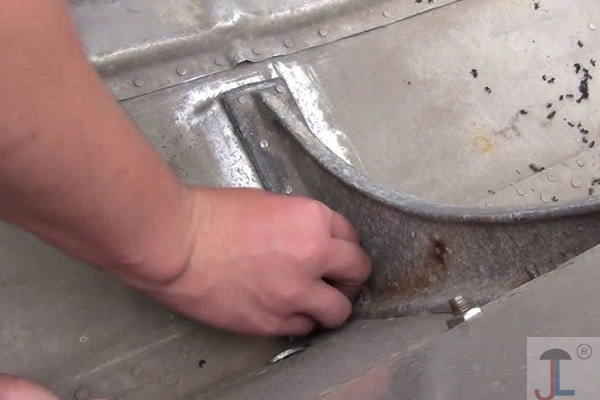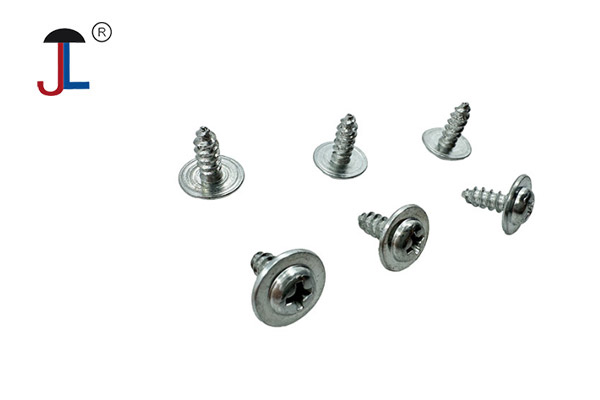
? Common Stainless Steel Grades & Heat Resistance:
Heat Resistance:Stainless steel's heat resistance stems from its composition, particularly the chromium content which forms a protective oxide layer that resists oxidation and corrosion at high temperatures.
Grade Variation:
Different grades of stainless steel have varying compositions, leading to differences in their heat resistance. For example, grades like 309 and 310 are known for their high chromium and nickel content, which provides exceptional heat resistance and corrosion resistance, especially in salty environments.
High-Temperature Applications:
Stainless steel fasteners, particularly those made from higher-grade alloys like 309, 310, and 330, are well-suited for use in high-temperature applications such as those found in the petrochemical industry, waste incineration, and heat treatment units.
Melting Point:
While stainless steel is highly heat-resistant, it does have a melting point, which typically ranges from 1,400 to 1,530°C (2,550 to 2,790°F), depending on the specific grade.
⚠️ Things to Keep in Mind:
-
Heat resistance isn't just about not melting — screws can weaken, deform, or lose corrosion resistance over time at high temps.
-
If you're dealing with extreme heat (like engines, ovens, furnaces), go for high-temp alloys like Inconel or titanium screws.

